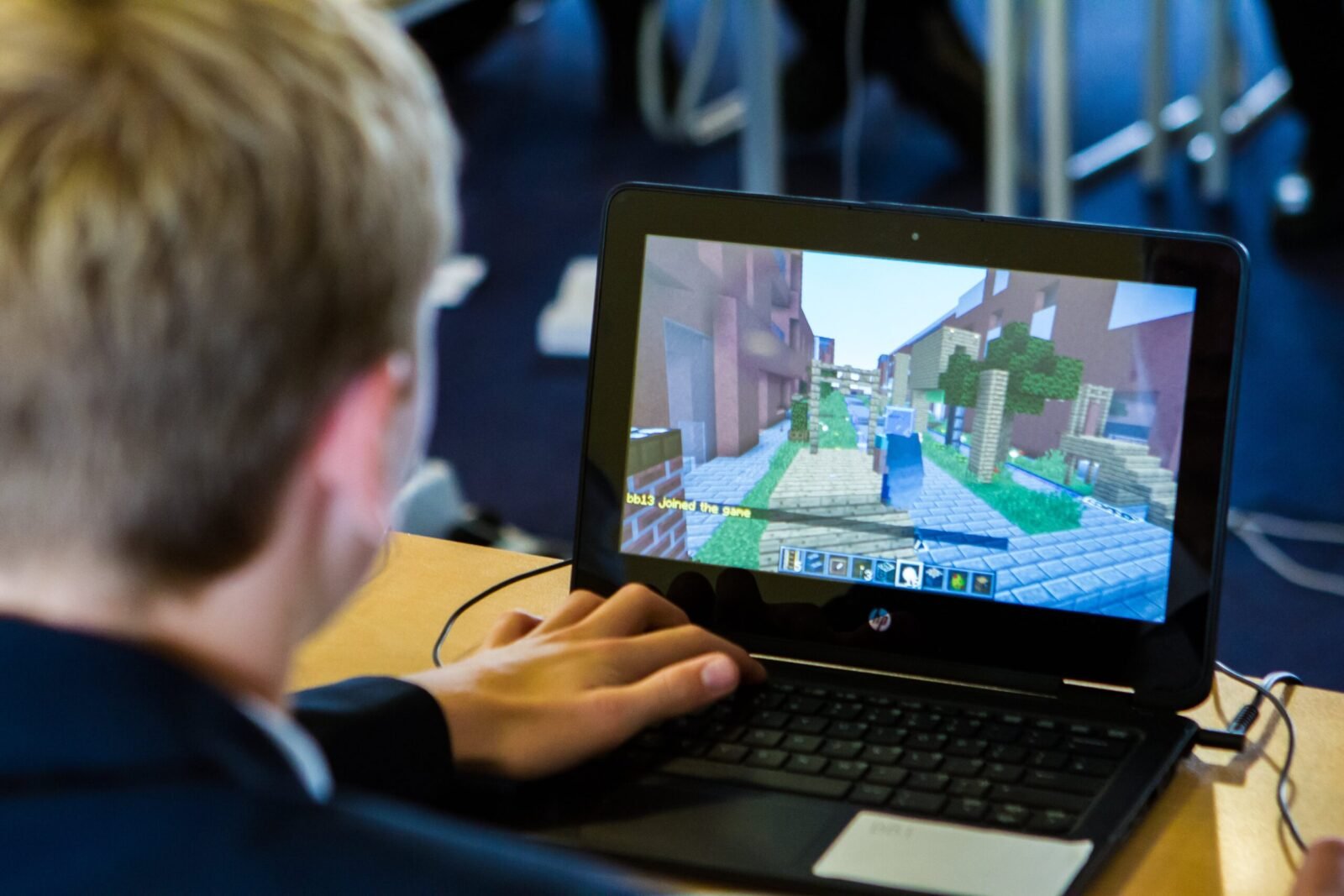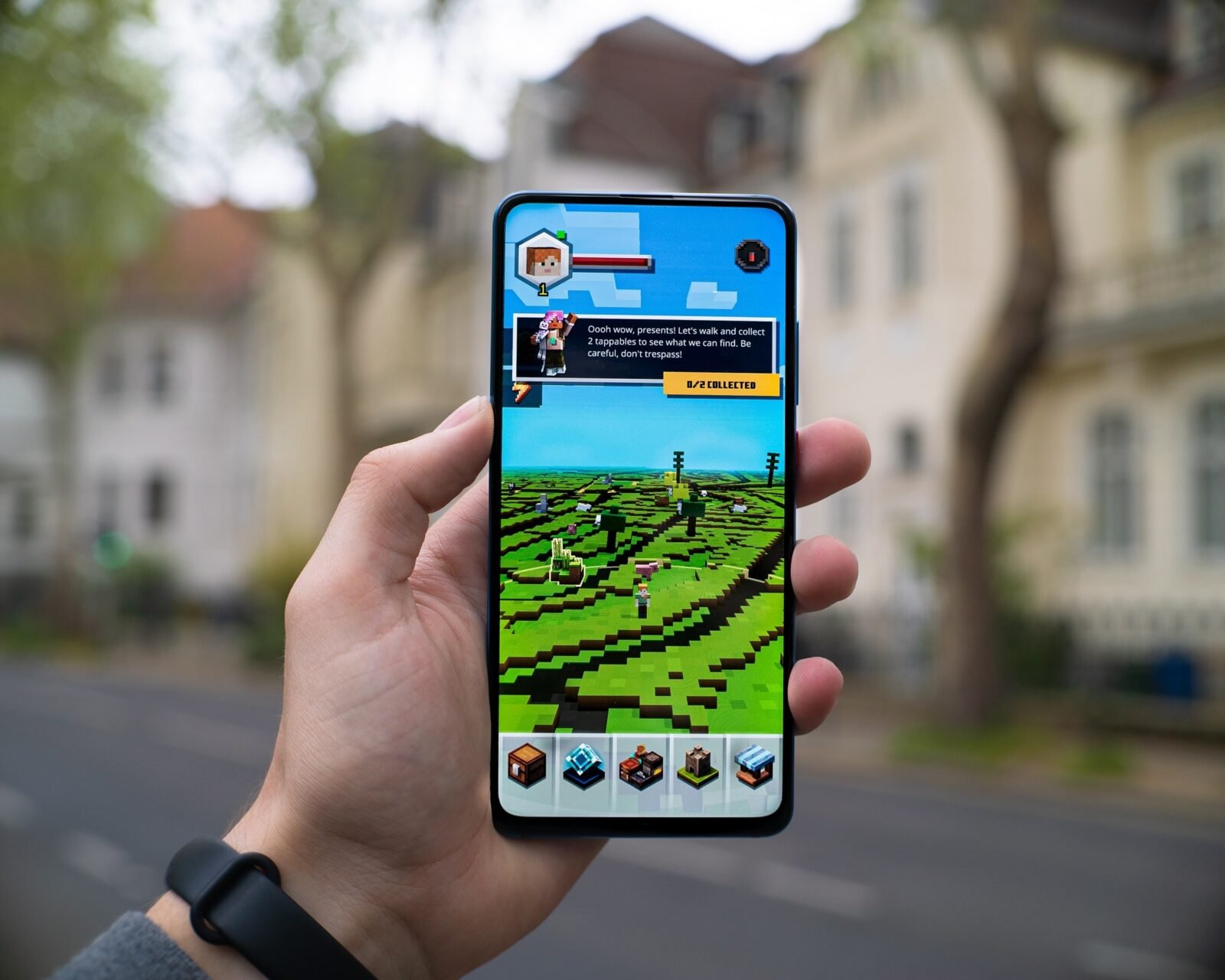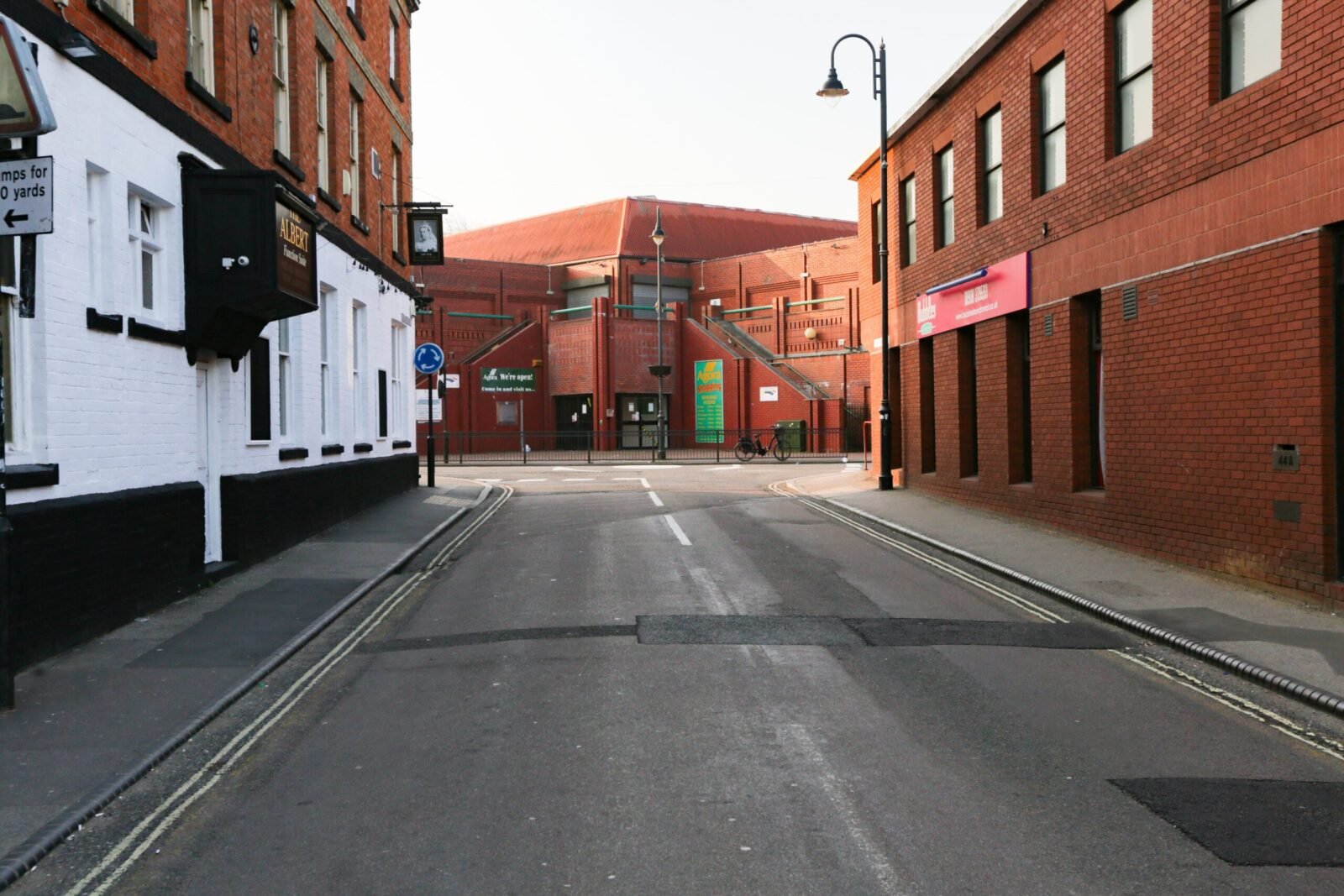Minecraft: Video Game or Planning Tool?

How can we democratise the planning process and allow children a greater say in how their towns and cities are designed?
The UK-based development company TOWN has begun to address these questions in a collaboration with social enterprise BlockBuilders. The project uses Minecraft — a hugely popular video game used mostly by young people, that allows users to build just about anything out of virtual blocks.

As part of their Love Wolverton project, TOWN asked a classroom of 11-year-olds from Wolverton, UK to build their ideal town centre in Minecraft. The project sees the Agora Centre and car park transformed into a development of 115 new homes, shops and space reserved for the community. The participating children, understandably, let their imaginations run wild in places — building water slides, ziplines and trampolines into the landscape of the town. But most notably, the children also included elements that would facilitate a green and sociable town centre: “pedestrian-friendly streets, a restaurant with green walls, community-focused public realm, gardens with space for food growing and relaxation, and a plant nursery.” Town reported that although unconstrained by the concerns of cost and profit, the interventions that children requested didn’t need to cost a lot. Children tend to want low-tech solutions — a safe, green and sociable street, with room for walking, running, climbing, playing and painting.

By using a tool that children tend to be more skilled in than adults, BlockBuilders are able to engage young people in the designing and planning of places. It is unlikely that children would be able to engage with traditional planning practices, jargon and software. But Minecraft allows planners to “speak their language”, and therefore to give children the reins in these processes. Through this workshop, children were able to contribute to the future look and feel of their town.

TOWN advocates for more space built purposefully for adolescents to be factored into our cities. Instead of shooing teenagers away using techniques such as the Mosquito device, they say, we should build spaces where they are welcomed and their needs and desires provided for. TOWN’s philosophy to make cities more child and teen-friendly is not only altruistic, they also emphasise the practical benefits of consulting these young people in the planning process. Children’s visions for what their future towns should be like tend to focus on creating places that are nice to live in, rather than concerns about return on investment, or copying past projects. Children and young people can therefore help us envision what would be beneficial for our cities, without being constrained by the consideration of what will bring the most profit or what has been done in the past.

This project is not the sole example of Minecraft being used in the planning process, but rather an example of a growing movement that uses innovative technologies in order to give more agency to children and young people. A previous article spoke about Block by Block, an urban transformation outreach programme by UN-Habitat. This initiative also helps local communities to have a say about their urban spaces by using Minecraft as a planning and visualisation tool.



